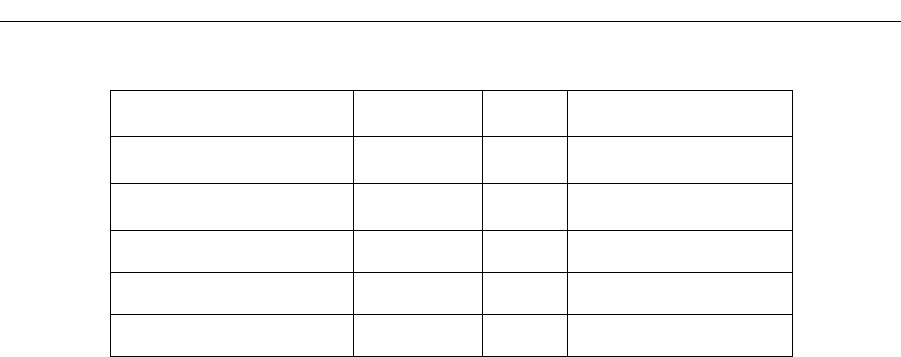Network Router User Manual
Table Of Contents
- Notices
- Contents
- About This Manual
- Introduction
- Hot Swapping Line Cards and Control Modules
- Bridging Configuration Guide
- Bridging Overview
- VLAN Overview
- Configuring SSR Bridging Functions
- Monitoring Bridging
- Configuration Examples
- SmartTRUNK Configuration Guide
- ATM Configuration Guide
- Packet-over-SONET Configuration Guide
- DHCP Configuration Guide
- IP Routing Configuration Guide
- IP Routing Protocols
- Configuring IP Interfaces and Parameters
- Configuring IP Interfaces to Ports
- Configuring IP Interfaces for a VLAN
- Specifying Ethernet Encapsulation Method
- Configuring Jumbo Frames
- Configuring Address Resolution Protocol (ARP)
- Configuring Reverse Address Resolution Protocol (RARP)
- Configuring DNS Parameters
- Configuring IP Services (ICMP)
- Configuring IP Helper
- Configuring Direct Broadcast
- Configuring Denial of Service (DOS)
- Monitoring IP Parameters
- Configuring Router Discovery
- Configuration Examples
- VRRP Configuration Guide
- RIP Configuration Guide
- OSPF Configuration Guide
- BGP Configuration Guide
- Routing Policy Configuration Guide
- Route Import and Export Policy Overview
- Configuring Simple Routing Policies
- Configuring Advanced Routing Policies
- Multicast Routing Configuration Guide
- IP Policy-Based Forwarding Configuration Guide
- Network Address Translation Configuration Guide
- Web Hosting Configuration Guide
- Overview
- Load Balancing
- Web Caching
- IPX Routing Configuration Guide
- Access Control List Configuration Guide
- Security Configuration Guide
- QoS Configuration Guide
- Performance Monitoring Guide
- RMON Configuration Guide
- LFAP Configuration Guide
- WAN Configuration Guide
- WAN Overview
- Frame Relay Overview
- Configuring Frame Relay Interfaces for the SSR
- Monitoring Frame Relay WAN Ports
- Frame Relay Port Configuration
- Point-to-Point Protocol (PPP) Overview
- Configuring PPP Interfaces
- Monitoring PPP WAN Ports
- PPP Port Configuration
- WAN Configuration Examples
- New Features Supported on Line Cards

Appendix A: New Features Supported on Line Cards
362 SmartSwitch Router User Reference Manual
New Features that Require Specific Line Cards
T-series line cards, -AA revision line cards, and non -AA revision line cards can be used in
the same chassis. Version 3.0 and later firmware can detect the revision number of each
line card, and when configuring features that require -AA or T-series line cards, the
system checks to see if the line card revision matches.
This section explains how you can use line cards that support the feature and line cards
that do not support the feature in a single system. This document does not present
detailed command and configuration examples. Refer to the SSR User’s Manual and CLI
Reference Manual for more detail.
Network Address Translation
Network Address Translation (NAT) allows IP addresses to be translated between the
local (inside) interface and global (outside) interface. Ports that are assigned to the inside
and outside interfaces must reside on -AA or T-series hardware. This also applies to ports
that are assigned to an interface through a VLAN.
Diagram 1 shows a simple NAT example. Users on Network A appear to be on the same
subnet as Network W when traffic is going to the global Internet. There is no translation
between Network A and B or between Network B and W.
SSR-2-SX-AA
XX
SSR-2-LX-AA
XX
SSR-2-LX70-AA
XX
SSR-2-SER-AA
XX X
SSR-2-SERC-AA
XX X
SSR-2-SERCE-AA
XX X










